FUNDAMENTALS A Complete Guide for Beginners

Installing Ubuntu on a Mac is a transformative step for users seeking to blend the power of Linux with the sleek hardware of Apple. Ubuntu, a popular and user-friendly Linux distribution, opens up a world of customization, versatility, and access to a vast array of open-source software. In this guide, I’ll demonstrate the seamless process of installing Ubuntu on Mac step by step.
Requirements to Install Ubuntu on Mac
The minimum requirements for installing Ubuntu as dual boot on Mac are:
- RAM: 4 GB
- Processor: 2 GHz dual-core
- Free Storage: 30 GB
- USB Drive: 4 GB
- VGA capable of 1024×768 screen resolution
- Internet access is helpful
11 Steps for Dual Boot Installation of Ubuntu on Mac
Follow the below steps one by one to dual-boot macOS Sonoma and Ubuntu in the easiest way:
1. Download the Ubuntu ISO File
After backing up data, the first step of installing Ubuntu is to download Ubuntu’s ISO file. I’m downloading a 64-bit installer of Ubuntu 22.04.3 LTS.
2. Create a Bootable USB Drive
To create a bootable USB drive of the ISO file, use “Etcher”. It is a free and open-source application. First, install Etcher on Mac. After installing, follow the steps:
- Open Etcher and select “Flash from File”.
- Select the ISO file from the location where you’ve downloaded it.
- Plug in a USB pen drive to the PC and click on “Select target”.
- Select your USB drive from the list.
- Finally, click on “Flash” to start flashing the ISO file into the USB drive.
After that, Etcher will flash the ISO file into your USB drive and make it bootable.
3. Create Disk Partition
To create a disk partition on Mac, follow the below steps:
- Open Spotlight by pressing COMMAND (⌘) + SPACE.
- Search and open Disk Utility.
- Click on View and select “Show All Devices”.
- Select the topmost device and click on “Partition”.
- Click on the + icon.
- Click on Add Partition.
- Allocate space for Ubuntu and set the format as MS-DOS (FAT). Then click on “Apply”.
- Click on “Done” when the partition is created successfully.
4. Boot Ubuntu from USB Drive
To boot Ubuntu from the USB drive, follow these steps:
- Plug the bootable USB drive into the PC.
- Restart and hold the OPTION (⌥) key.
- Select “EFI boot” using the arrow keys and press ENTER.
- Select the option “Try or Install Ubuntu” and press ENTER.
- Click on Install Ubuntu.
5. Select the Keyboard Layout
Select the keyboard layout and click on Continue.
6. Connect to Network
Select your WiFi, enter the password, and click on Connect.
7. Installation Setup
Select “Normal installation” and click on Continue. It’ll install web browsers, utility software, games, and media players during the installation.
8. Installation Type
To set the installation type for dual boot Ubuntu on Mac, follow the steps:
- Select “Something else” for manual partitioning.
- Select the partitioned space (62 GB) for Ubuntu and click on – to unallocate it.
- Now, select the free space and click on the + icon.
- Allocate size 1000 MB, set the partition type as “Primary”, and select file system as EFI System Partition. Then click OK.
- Again, select the free space and click on the + icon.
- Allocate the remaining space, set the partition type as “Primary”, select the file system as Ext4, and set the mount point to /. Then click OK.
- Select the newly created EFI partition from the dropdown list of “Device for boot loader installation”.
- Finally, click on “Install Now”.
9. Set Your Location
Select your location from the drop-down menu on the map screen. However, this information will be detected automatically if the computer is connected to the internet. Then, click on Continue.
10. Create User Credentials
On this screen, type your name, computer name, and username. Then type and re-type a strong password. Finally, select “Require my password to log in”. Selecting this option will ask for the password every time you power on your PC. Click on Continue.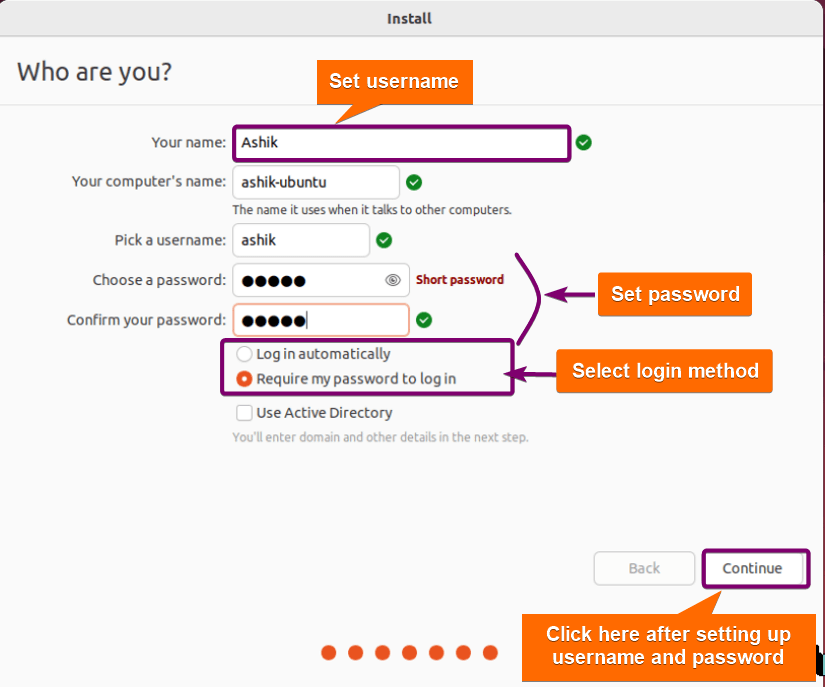
11. Restart the PC
An “Installation Complete” prompt appears on the screen at the end of the installation. Plug out the USB flash drive (installation media) from the computer and click on Restart Now.
Conclusion
In conclusion, embarking on the journey to install Ubuntu on your Mac not only expands the horizons of your device but also harmonizes the robust features of Linux with the sophisticated ecosystem of Apple. This step-by-step guide provides a comprehensive walkthrough for a seamless installation process, ensuring that both novice and experienced users can harness the strengths of Ubuntu on their Macs.
People Also Ask
Is Ubuntu supported on Mac?
Yes, it is possible to install Ubuntu on a Mac. You can easily install it on any Mac with an Intel processor. For M1/M2 processors, the installation process may seem advanced for common users. However, there are different ways to install Ubuntu on a Mac, such as using Bootcamp or running it via USB.
Can I install Ubuntu on an old iMac?
Yes, you can install Ubuntu on an old iMac. The installation process may vary depending on the model of your iMac. For example, if you have an iMac with an Intel processor, you can use Bootcamp or run it via USB. However, some older iMacs may not recognize the bootable items list when you try to boot from a flash drive or DVD. This could be because of the file formats that are not recognizable by MacOS.
Is Ubuntu better than macOS?
If you’re looking for an open-source operating system that is highly customizable and has a wide range of online support, Ubuntu might be the right choice. But if you’re looking for a user-friendly operating system that is optimized for Apple hardware and has built-in tools for creative professionals, macOS might be the better choice for you. Ultimately, the choice between Ubuntu and macOS depends on your personal preferences and needs.
Which Linux is best on an old Mac?
There are several Linux distributions that you can install on an old Mac. The best distribution depends on the preferences and needs. Some popular Linux distributions that are known to work well on older Macs are Ubuntu, Xubuntu, Linux Mint, Elementary OS, PsychOS, etc.
Can I dual-boot Ubuntu and MacOSX?
Yes, follow the steps below to dual-boot Ubuntu and MacOSX on a Mac:
- Download the current Ubuntu LTS installer.
- Create a bootable USB drive with the Ubuntu installer.
- Install rEFInd’s binary package.
- Resize the boot partition with Disk Utility.
- Restart your Mac and boot from the USB drive.
- Follow the Ubuntu installer prompts to install Ubuntu alongside macOS.
Related Articles
- What is Dual Boot? [Why & How]
- How to Dual Boot Ubuntu and Windows 10 [Simple Guide]
- Dual Boot Windows and Ubuntu [On Separate Hard Drives]
- How to Dual Boot Windows 11 and Ubuntu? [Easy Way]
- How to Dual Boot Windows 10 and Linux Mint [Easiest Method]
- How to Dual Boot Windows 10 and Kali Linux [Simplest Method]
- Install Linux Mint on Mac [Dual Boot]
- How to Install Kali Linux on Mac [Dual Boot]
<< Go Back to Dual Boot Installation | Linux OS Installation Guide | Learn Linux Basics
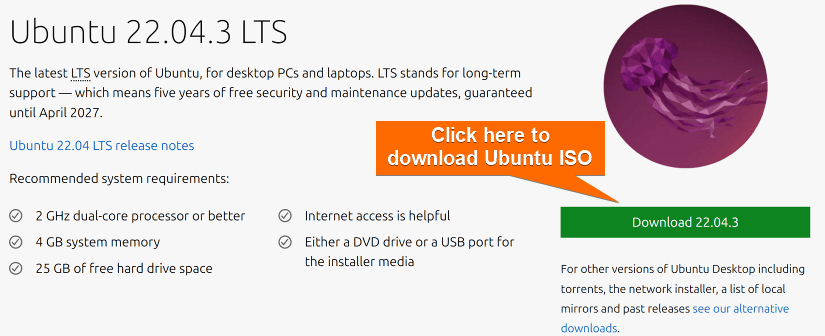
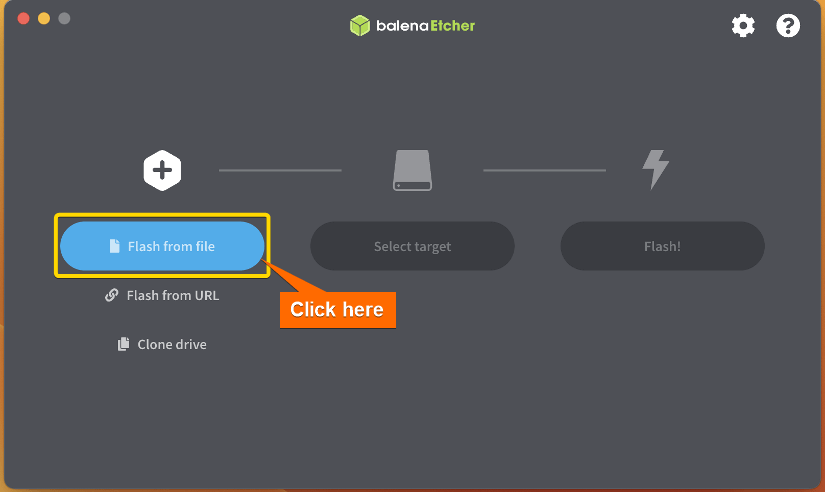
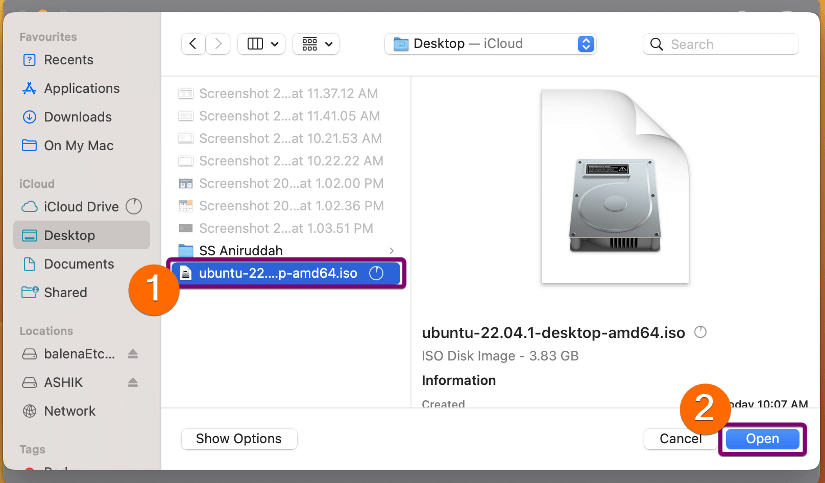
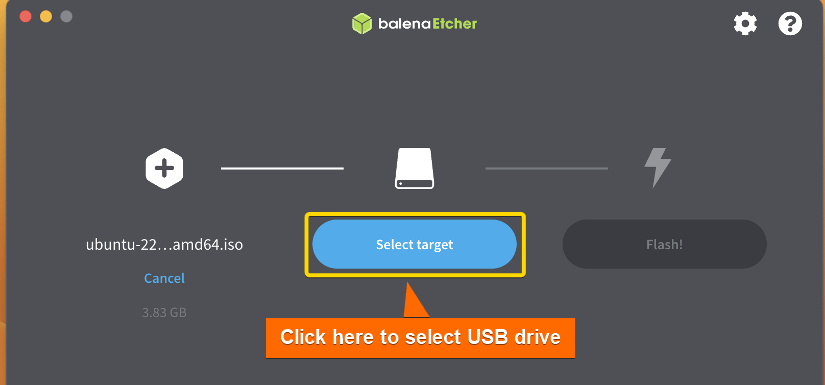
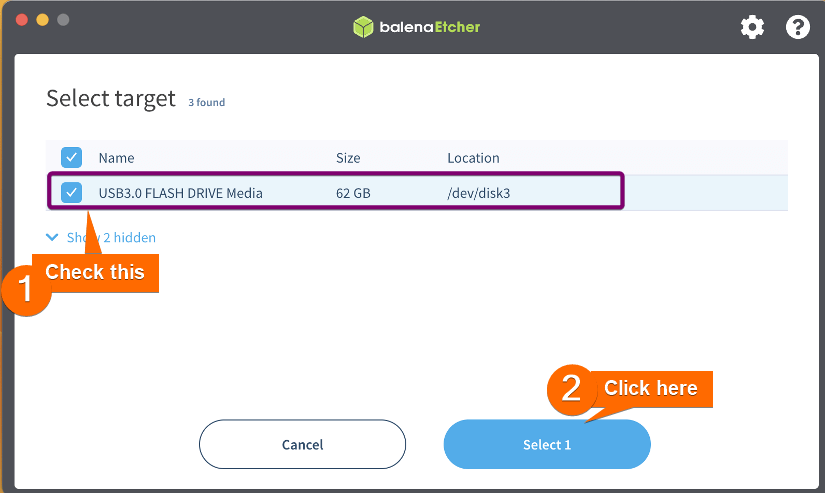
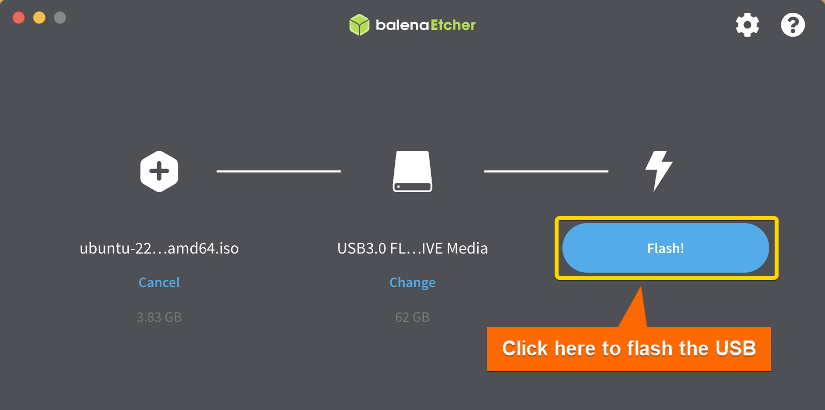 After that, Etcher will flash the ISO file into your USB drive and make it bootable.
After that, Etcher will flash the ISO file into your USB drive and make it bootable.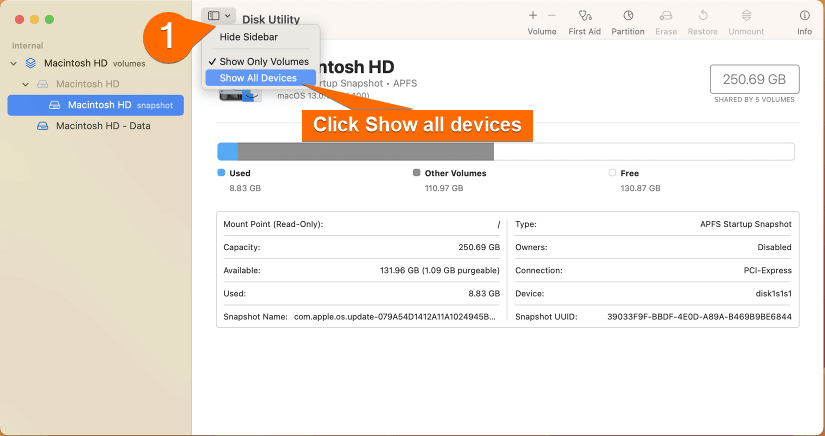
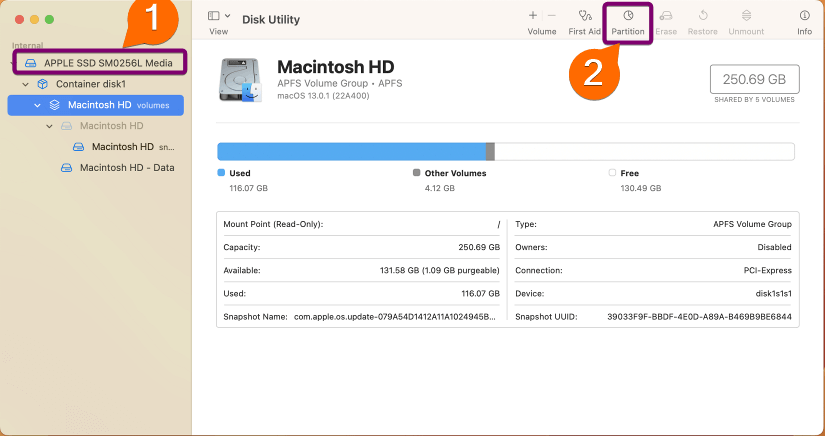
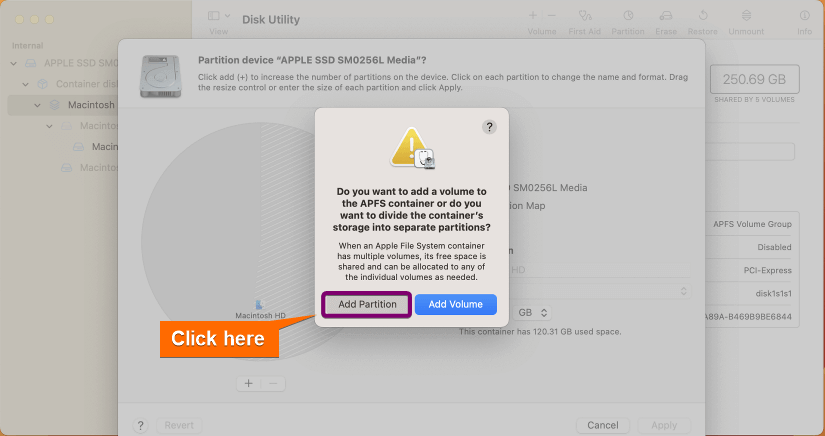

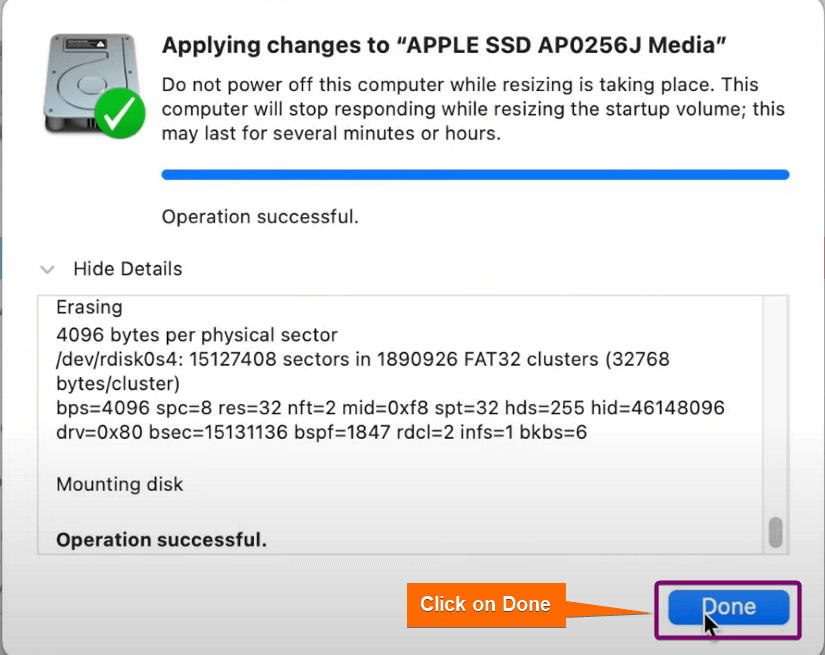
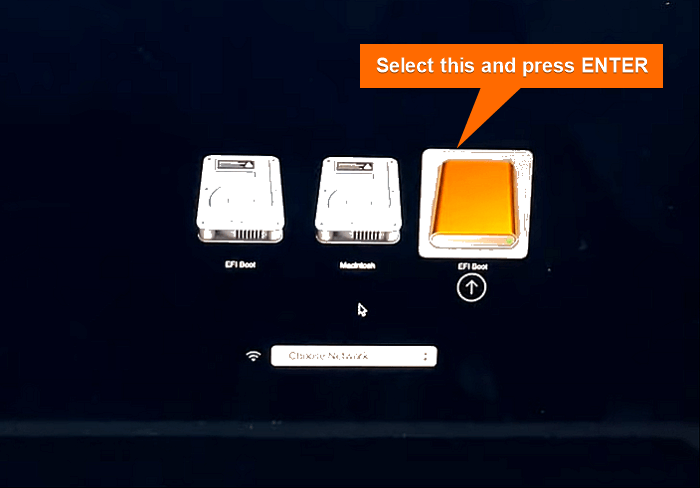
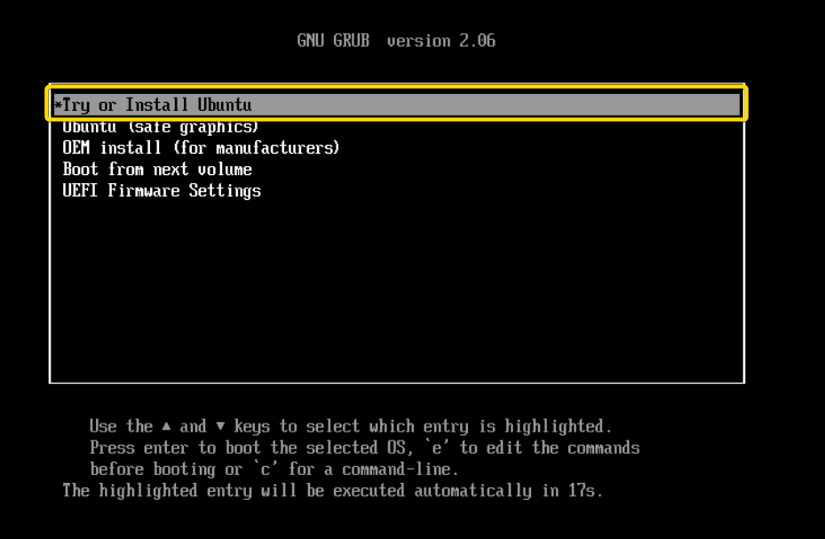
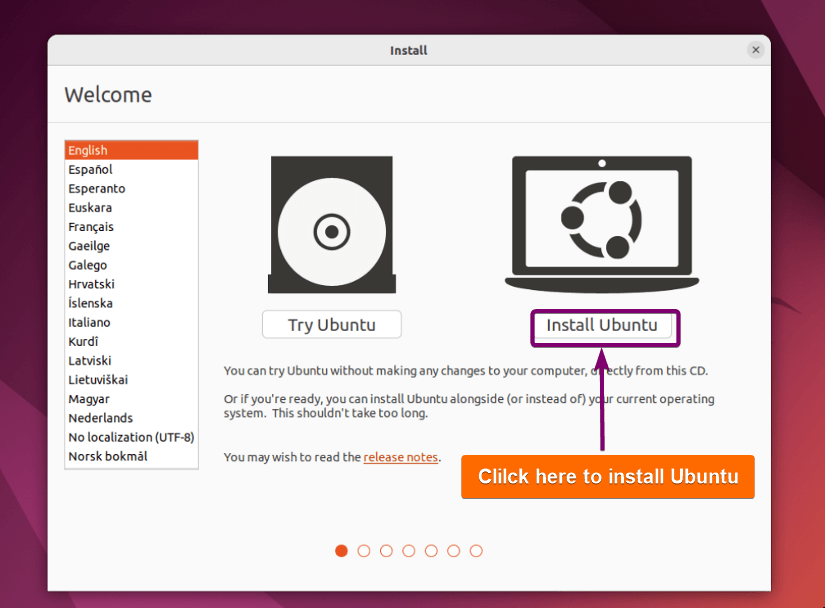
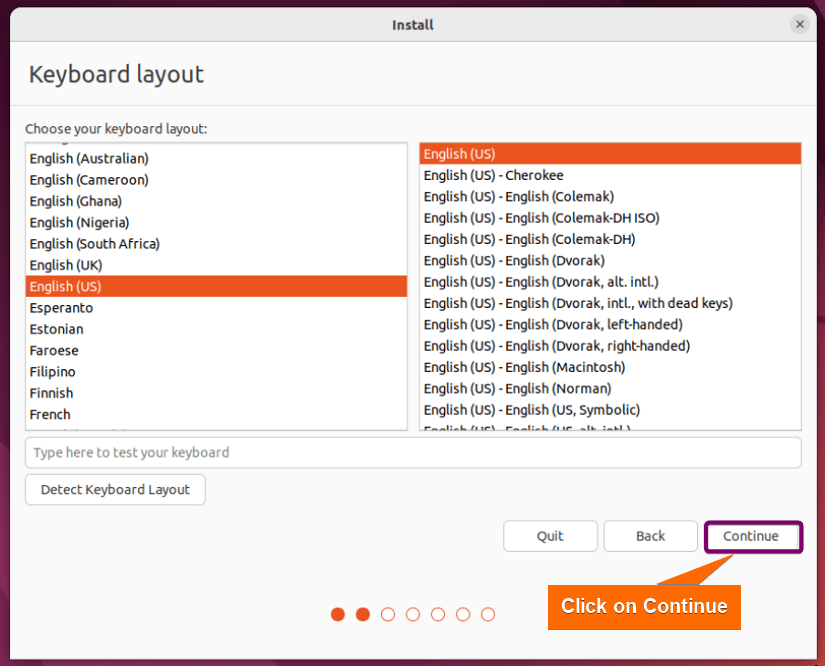
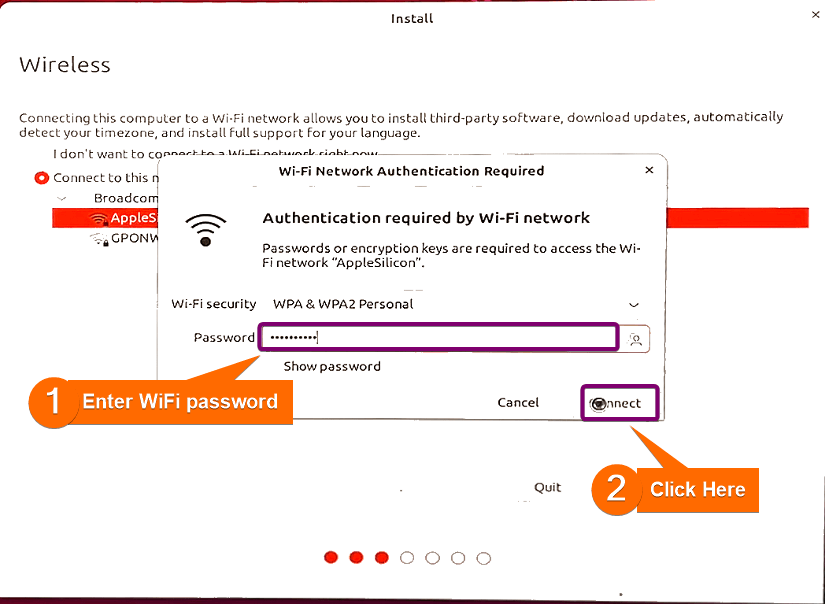
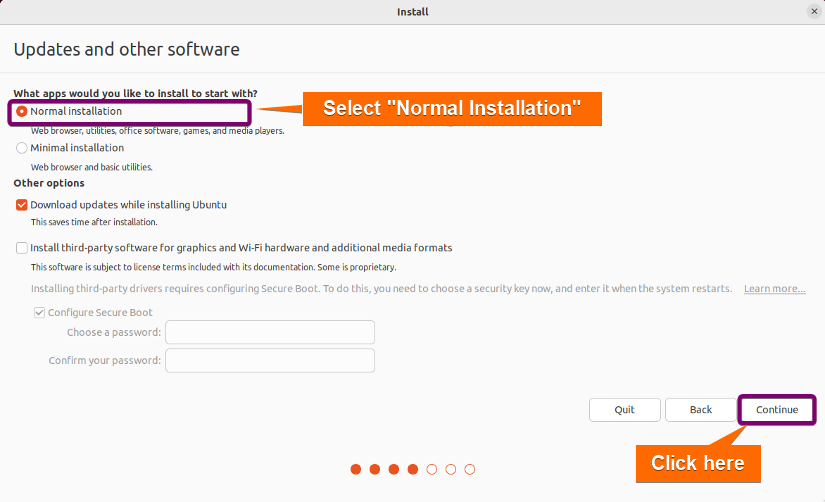
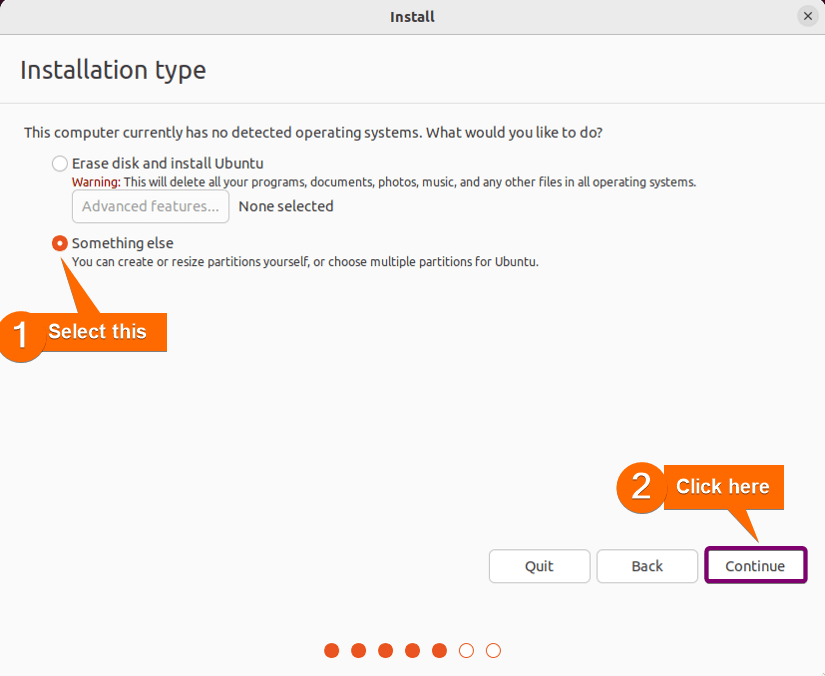
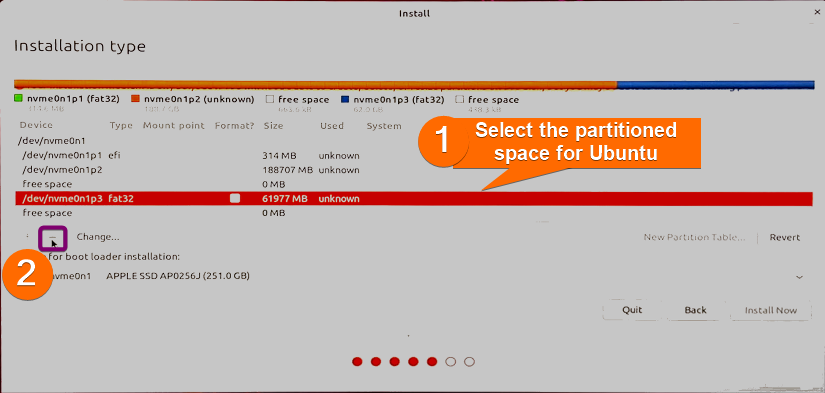
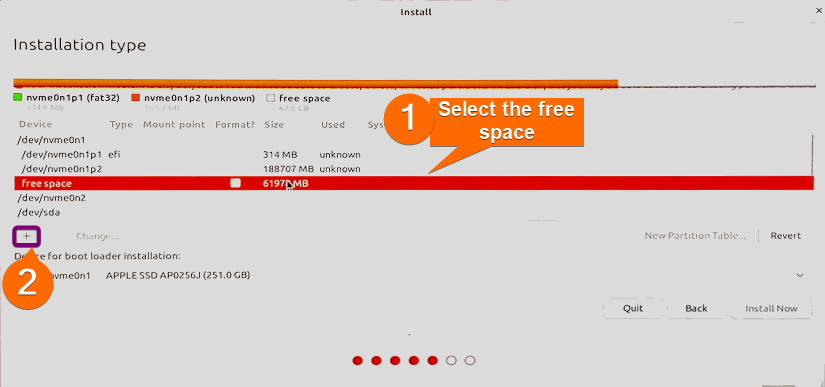
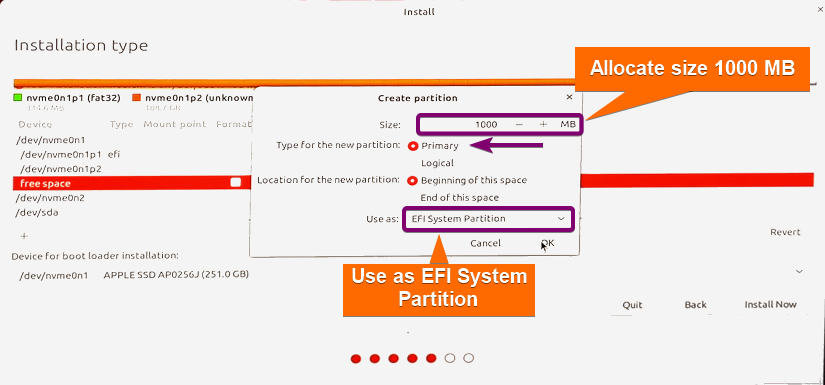
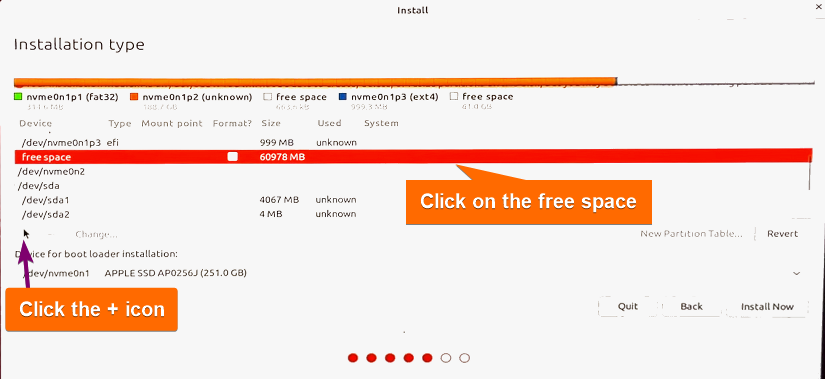
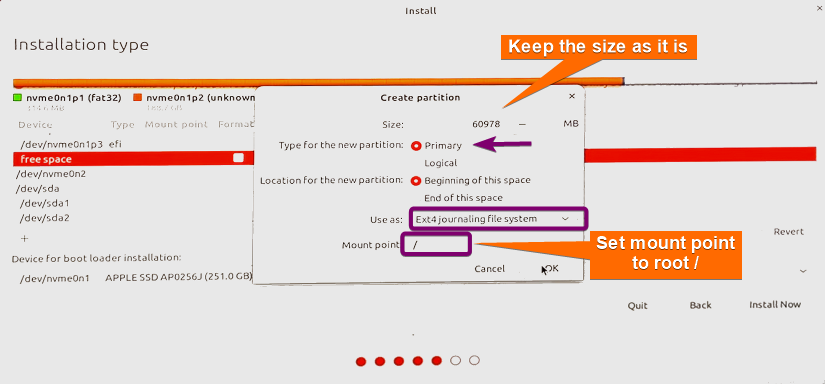
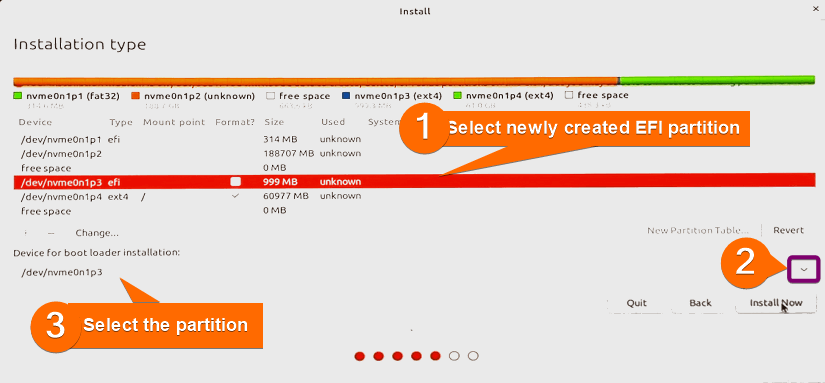
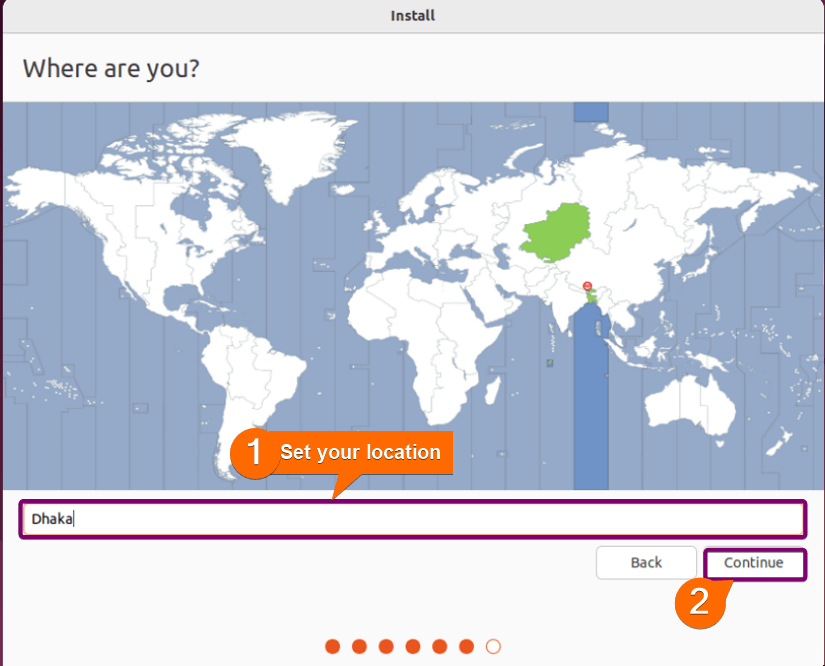
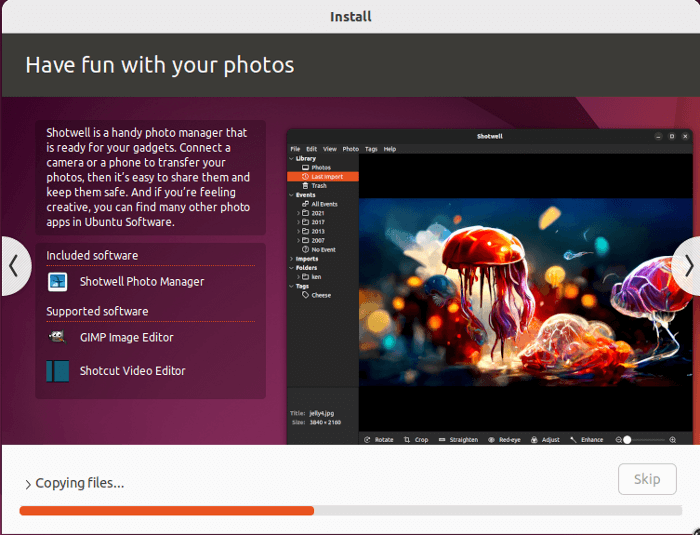
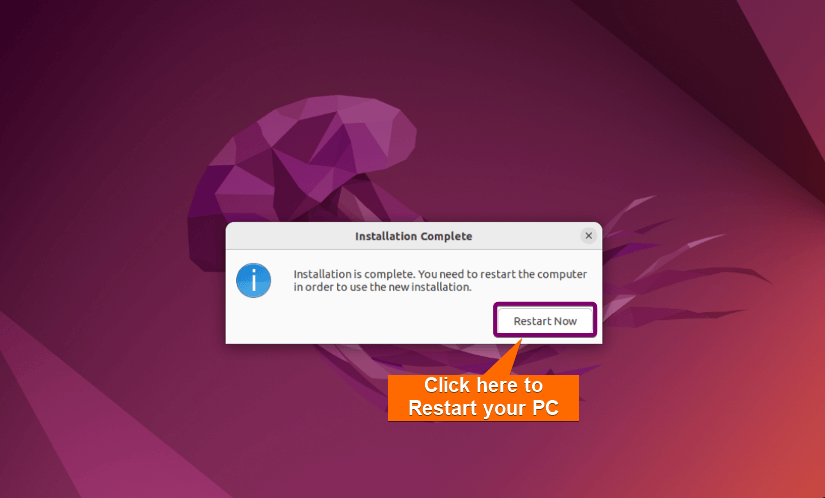
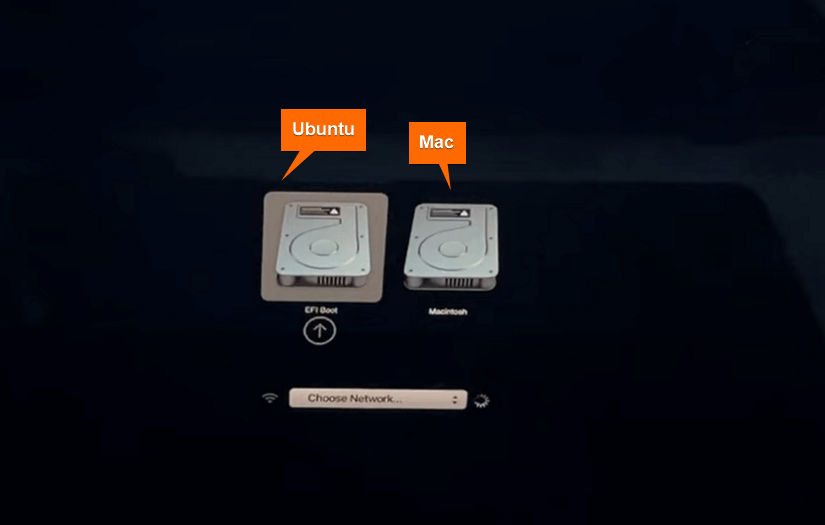




Hi, Thank you for the great info!
Hi Loren Ray Zimmerman,
You’re very welcome! I’m glad you found the information helpful. If you have any more questions or need further assistance, feel free to ask. Happy Ubuntu installing!